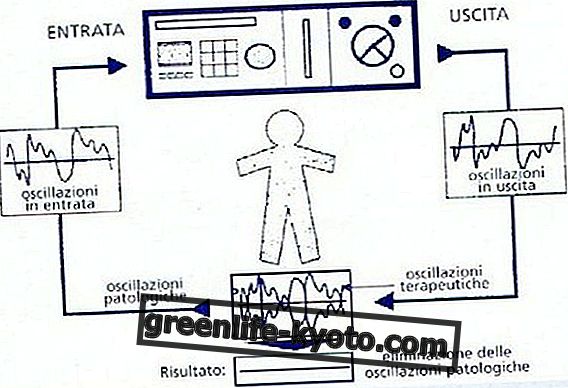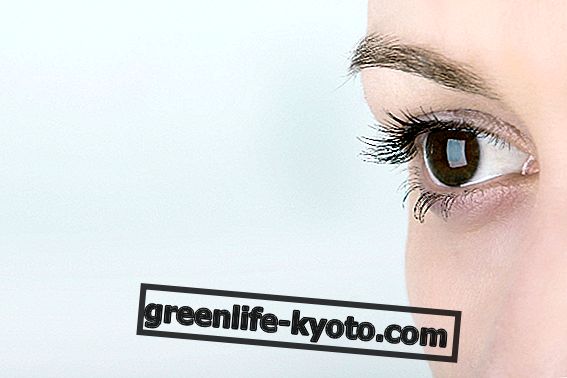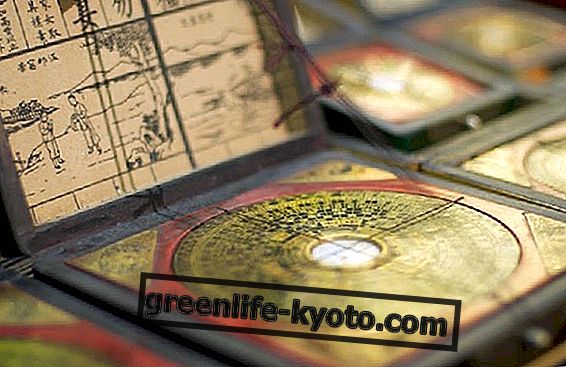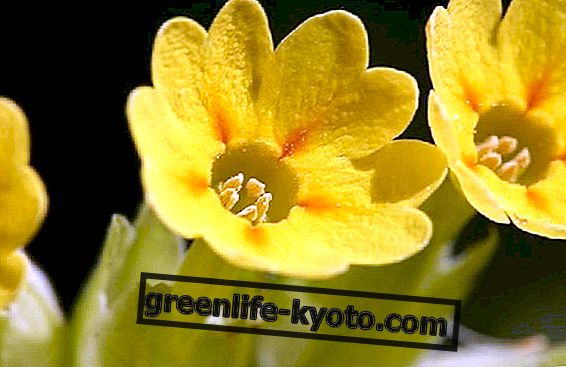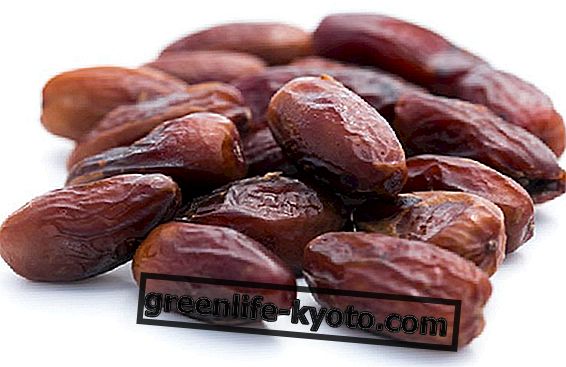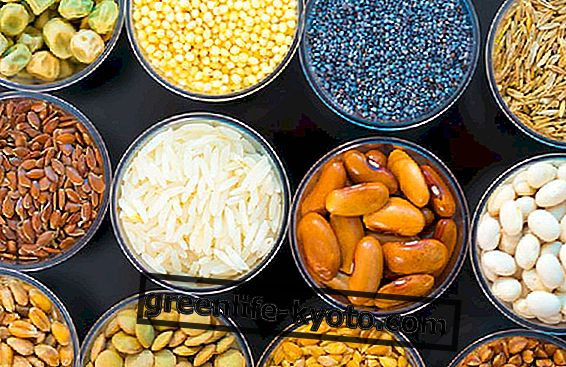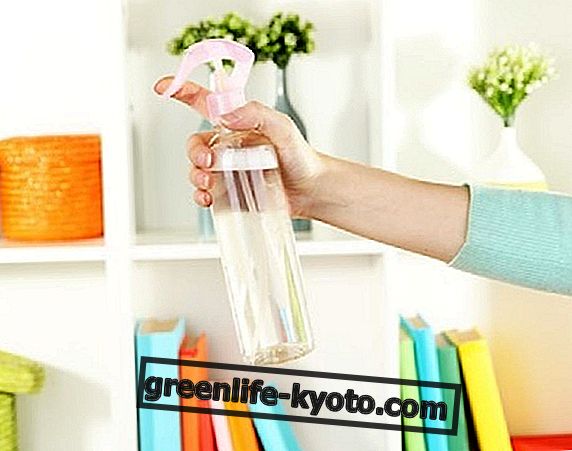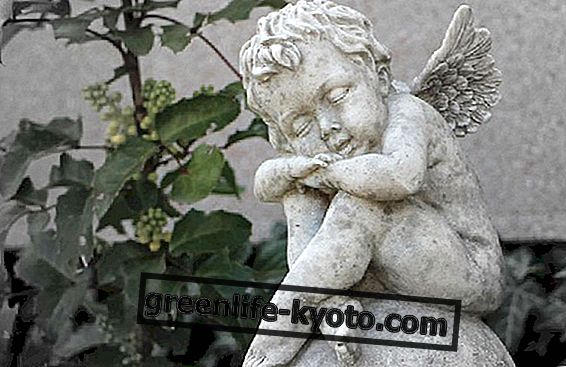
The term pet therapy, or AAT ( Animal-Assisted Therapy ), means a sweet therapeutic system focused on the interaction between humans and animals.
There are different animals, as well as different therapeutic purposes and areas of application of pet therapy: hospitals, clinics, rehabilitation centers, rest homes and schools, all structures interested in new recreational modes to be included in their programs to increase the level quality of life within its own structures.
The success of pet therapy
In Italy, in fact, the interest in pet therapy activities has grown and the demand on the territory has increased.
The recognition of the pet therapy took place with the Decree of the President of the Council of February 28th 2003, which acknowledges the agreement between the Ministry of Health, the Regions and the Autonomous Provinces, concerning the welfare of pets and pet therapy.
The attention paid at the legislative level to pet therapy allows the discipline a scientific and procedural dignity even in Italy. The attempt to regulate the AAT programs at national level frees up these contributions from the 'do-it-yourself' forms.
Pet therapy projects involving animals and humans are growing visibly. Among these, important results come from the interaction between pet therapy and autism .
Even art therapy is a valuable aid to autism
Pet therapy and autism
Autism is a disease that affects the areas of language and communication in the brain and concerns between 5 and 50 people out of 10 thousand, especially children. The autistic child is usually crushed by his illness and by the attention of the therapist. In response, it closes even more in itself and does not communicate easily with the outside world.
Pet therapy is characterized as a complementary and integral therapeutic tool to the indispensable neurocognitive and behavioral therapies indicated for autism. But what is pet therapy for autism?
Pet therapy experts emphasize, first and foremost, the importance of non-verbal interaction . It is the contact with an animated being that does not speak that teaches the autistic child to use a relational space different from the usual, space that is mediated by the presence, for example, of a dog. A dog is not experienced as a threat, as a person can be. The isolation of the patient in this is won. It is the 'skin to skin' contact between animal and patient that establishes the need to relate to the therapist in the autistic. Not only dogs, but also horses and dolphins ...
Second point: stimulation . The world of isolation in which the patient lives is enriched with sensory and relational stimuli. It is a new world with which it can communicate. And often this enthusiasm for the dog is also transposed to people, family and therapists.
Third point: the report . And then the dog is not afraid to relate. It is spontaneous, sincere, has no prejudices or advances elaborate reflections. To caresses he responds with sincere affection, without having a double purpose, without evaluating the gesture.
There is no utilitarianism, only love.
Also discover the benefits of onotherapy, donkey therapy

